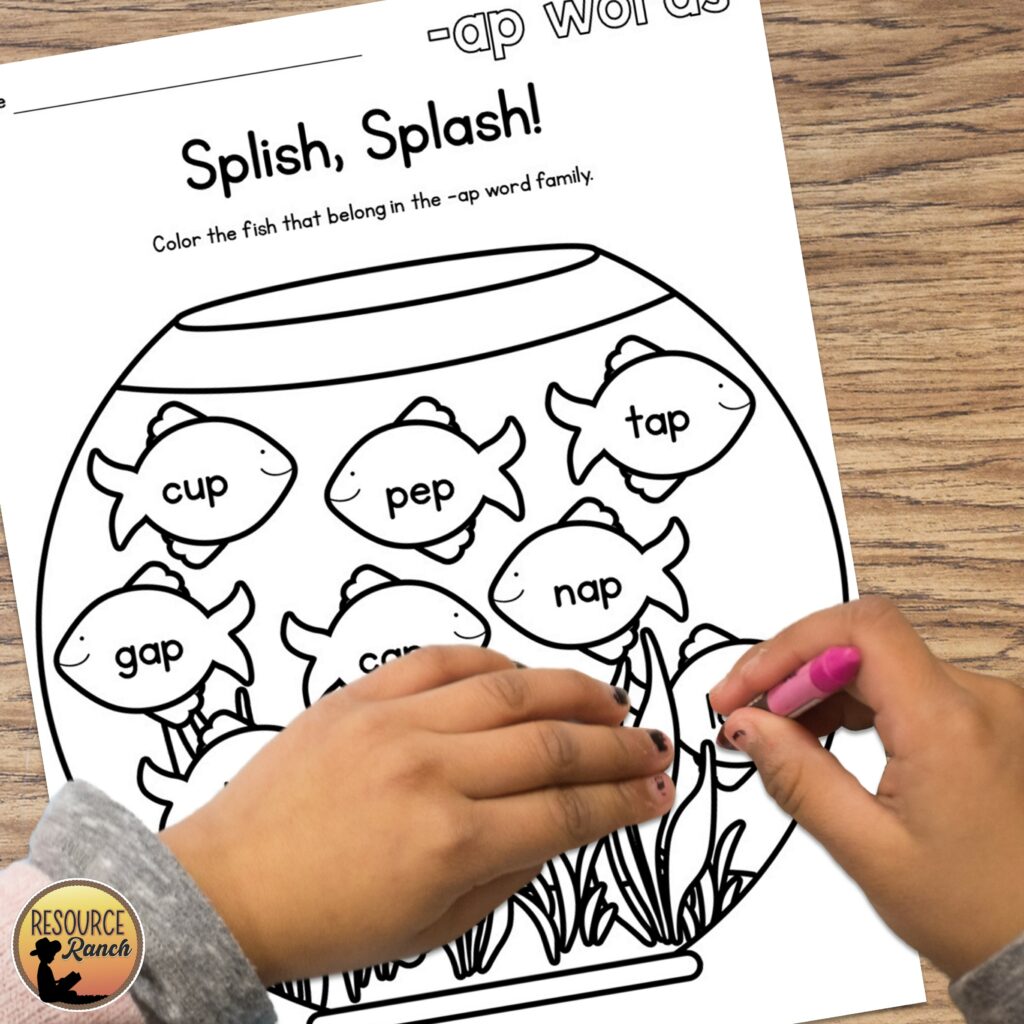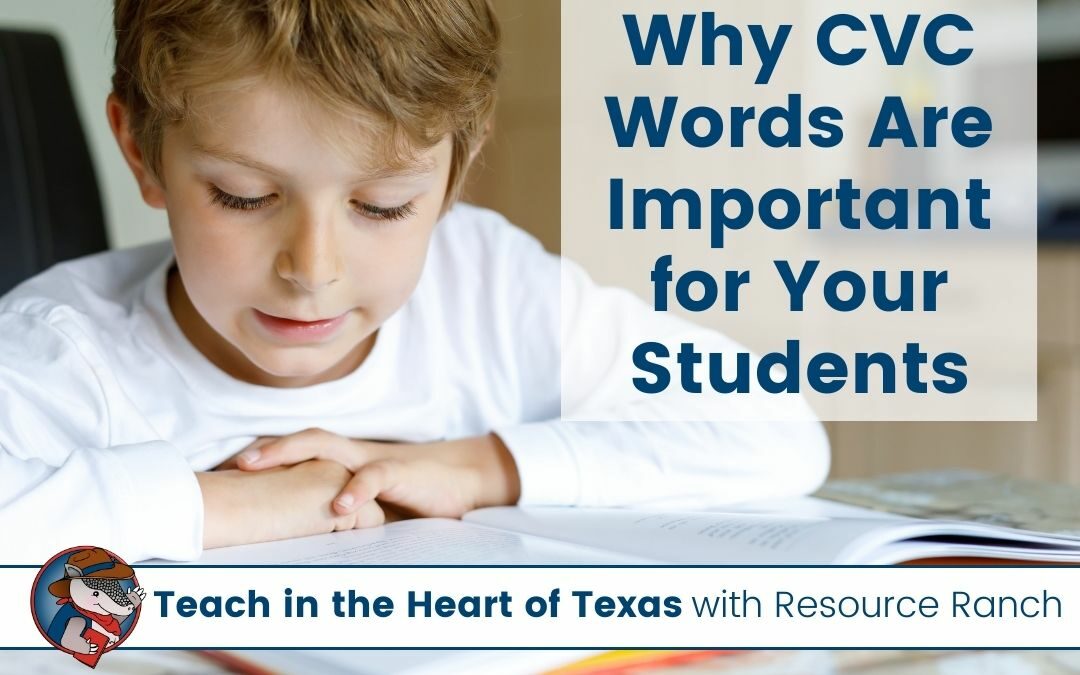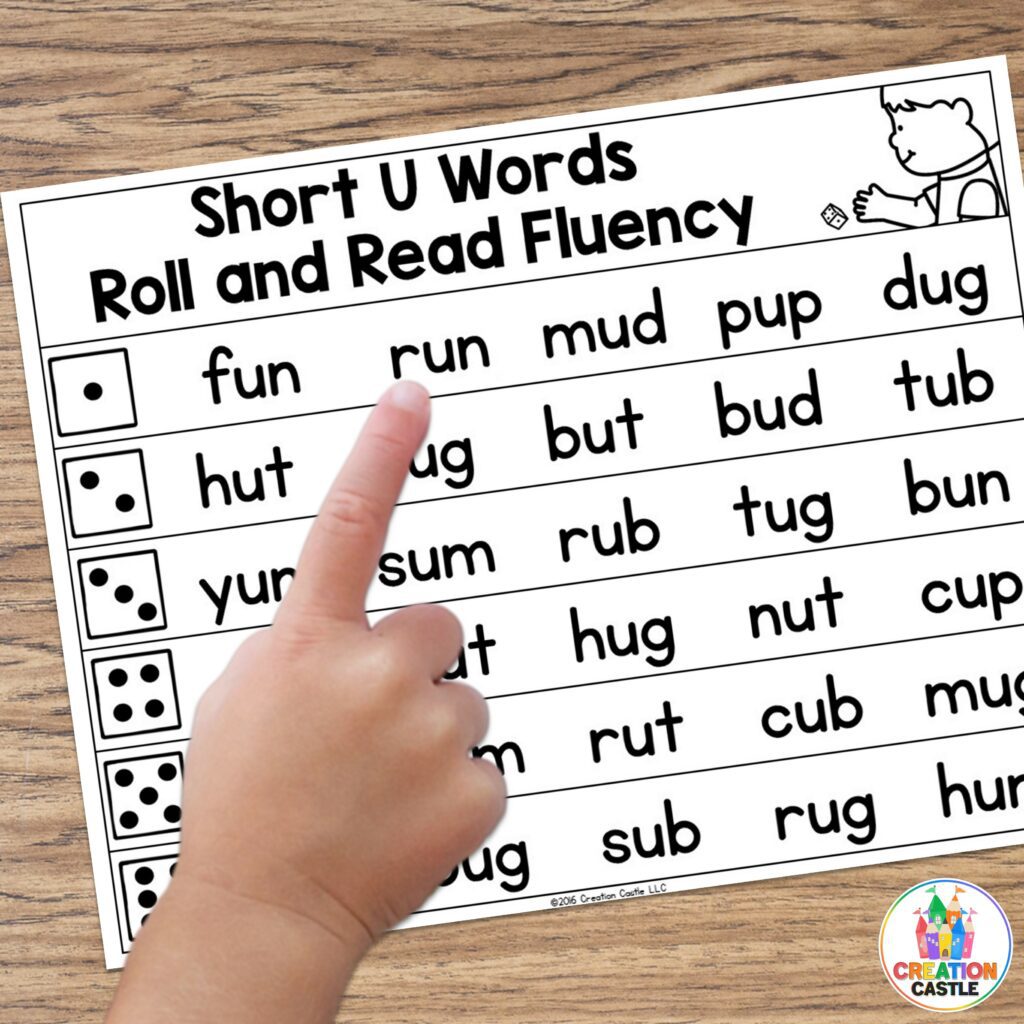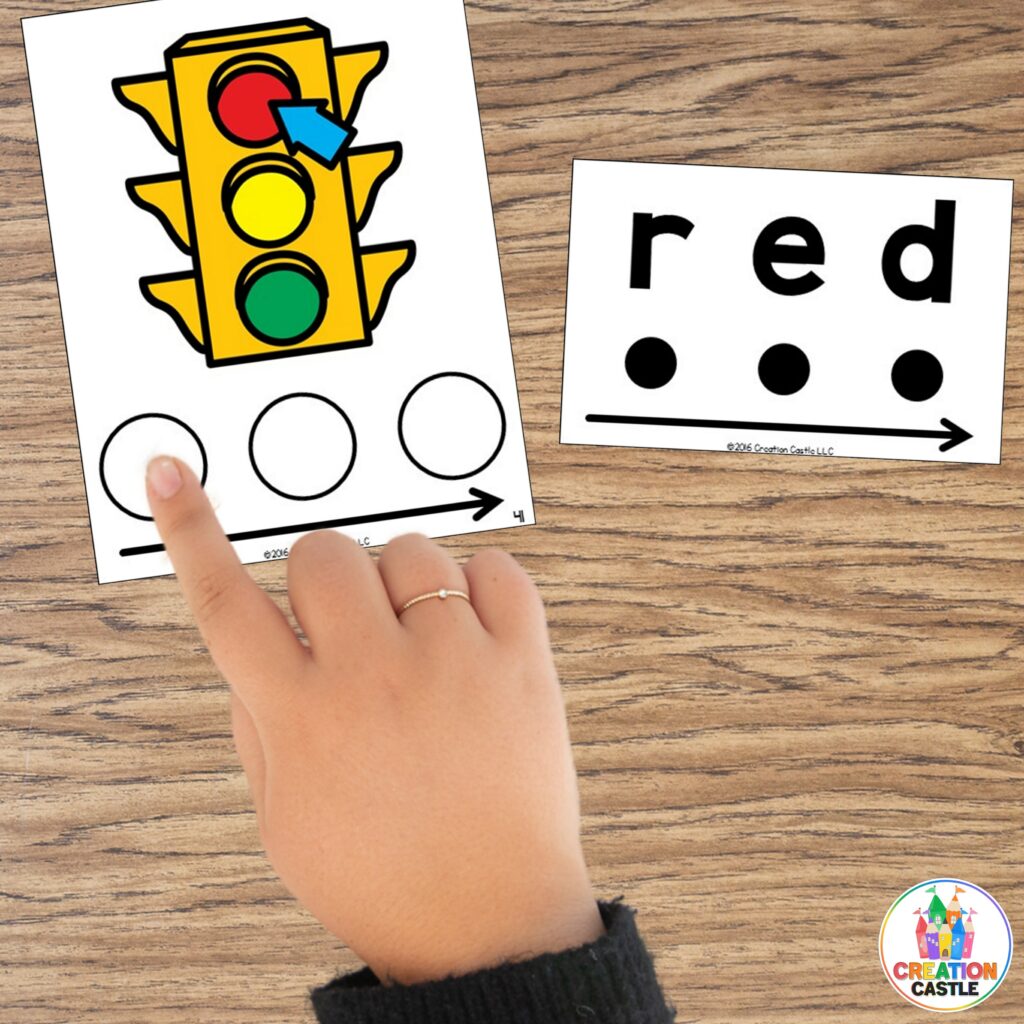As your students begin to learn how to read, one aspect of phonics that is particularly helpful for beginning readers to learn is the concept of CVC words. CVC stands for consonant, vowel, consonant and refers to one-syllable, three-letter words that follow this pattern. In this blog post, we will explore what CVC words are, why they are important to teach, and how to effectively teach them to young readers.
Quick Links
What Are CVC Words?
The letters CVC stand for consonant, vowel, consonant. In the English language, the letters a, e, i, o, and u are vowels and the rest of the letters are consonants (with the exception of the letter y, which sometimes serves as a vowel).
When teachers use the term CVC, they are most often referring to one-syllable, three letter words that are easy to sound out and follow the consonant, vowel, consonant pattern. Also known as words with the short vowel sound. A common example is c-a-t. Cat follows the pattern and the vowel has a short sound.
There are some three-letter words in the English language that have the CVC letter pattern that are pronounced differently, such as boy. In this case, you don’t hear a short o sound. There are also longer words that contain the pattern, but when teaching beginning readers; we focus on the definition above.
Why Do We Teach CVC Words?
Once a child learns the phonetic alphabet, they are ready to learn to blend sounds to read words. Using CVC words is a good way to help children understand that words have a beginning, middle, and end. Students can usually learn to decode (often referred to as sounding out words) these words quickly and that builds their confidence in being able to read, which in turn creates enthusiasm to practice reading.
When students learn the pattern, they can learn to read words more fluently. Reading fluently means that you are able to read with a combination of accuracy, speed, and expression. Reading fluency improves reading comprehension. That means students are able to better understand what they read.
While some students pick up quickly on reading CVC words, students that have had fewer language experiences or are second language learners may need a little additional support. For those students, using pictures can be helpful.
How Do We Teach CVC Words?

Students need to understand that letters have sounds and that words are made up of letters. They need to be taught to blend those letter sounds together to form words, rather than saying isolated letter sounds.
One approach to teaching CVC words is to introduce them with word families. A word family is a group of words that share the same ending sound pattern. In our cat example, it is part of the –at family. By changing the beginning sound, students quickly learn to read several words. Example: add b to -at, you have bat, add h to –at, you have hat.
Using engaging activities and games will make teaching and learning CVC words more fun.

Resource Ranch
Rhonda is the author of Resource Ranch. Most of her classroom experience has been in early elementary. She has also taught Title I Reading, ESL, and gifted students. She is certified as a Texas teacher in grades 1-8 and as a K-12 librarian.








